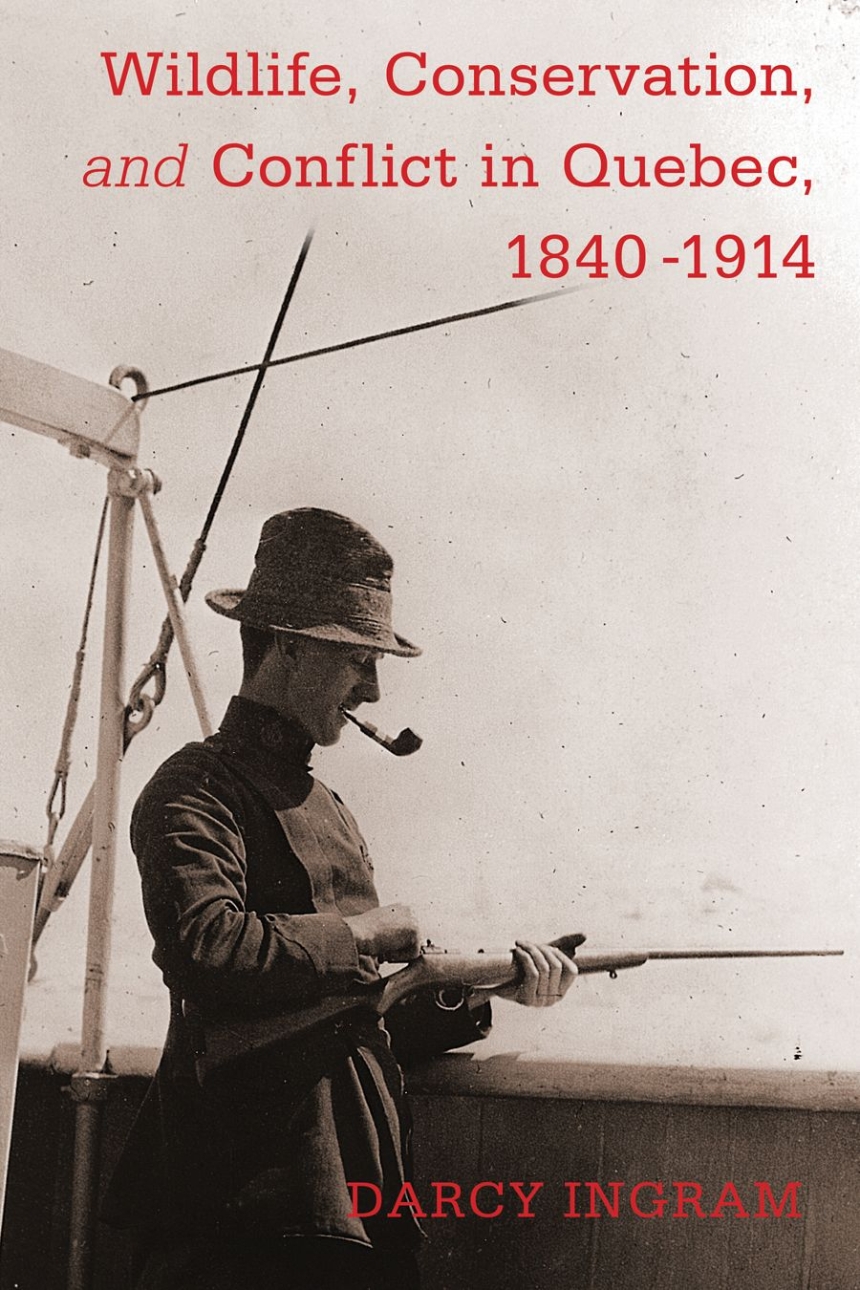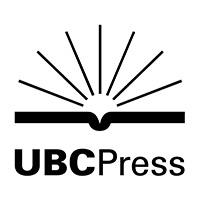University of British Columbia Press
Wildlife, Conservation, and Conflict in Quebec, 1840-1914
9780774821414
9780774821407
Distributed for University of British Columbia Press
Wildlife, Conservation, and Conflict in Quebec, 1840-1914
Despite the popular assumption that wildlife conservation is a recent phenomenon, it emerged over a century and a half ago in an era more closely associated with wildlife depletion than preservation. In Wildlife, Conservation, and Conflict in Quebec, Darcy Ingram explores the combination of NGOs, fish and game clubs, and state-administered leases that formed the basis of a unique system of wildlife conservation in North America. Inspired by a long-standing belief in progress, improvement, and social order based on European as well as North American models, this system effectively privatized Quebec’s fish and game resources, often to the detriment of commercial and subsistence hunters and fishers.
Table of Contents
Contents
Foreword: What You See Depends upon Where (and How) You Look / Graeme Wynn
Introduction
Part 1: Beginnings, 1840-80
1 The New Regulatory Environment
2 Salmon, Sport, and the Lower St. Lawrence
3 Conflict
Part 2: Expansion, Consolidation, and Continuity, 1880-1914
4 From Public Space to Private Power
5 The Evolution of Patrician Culture
6 Opposition, Resistance, and the New Century
Conclusion
Appendices
Notes; Bibliography; Index

